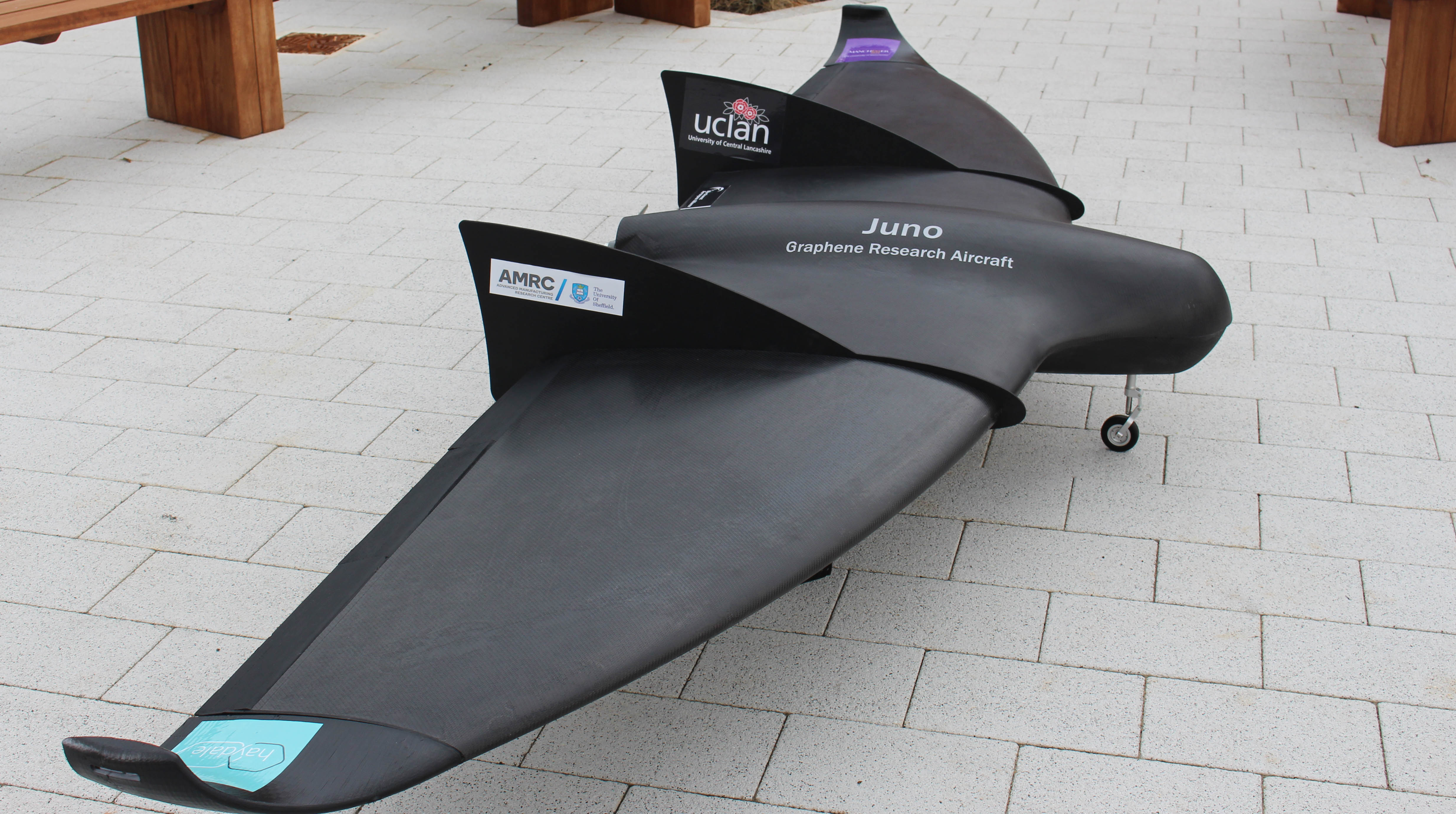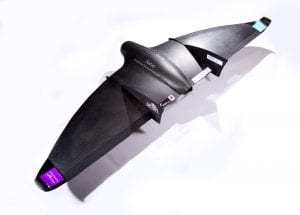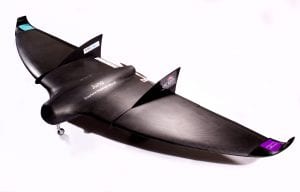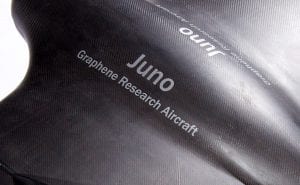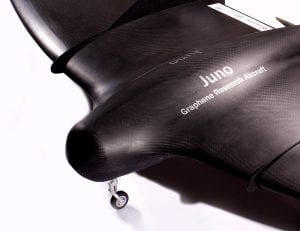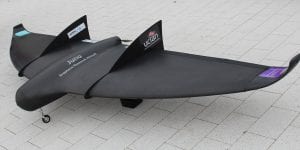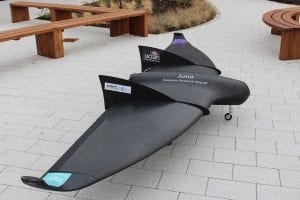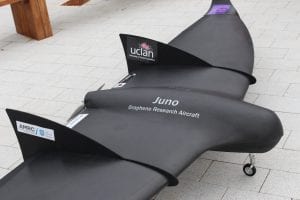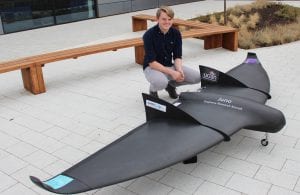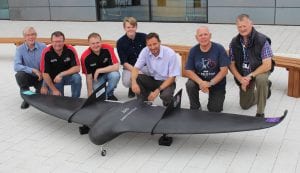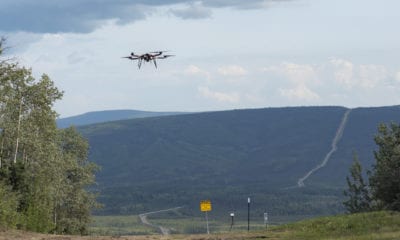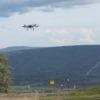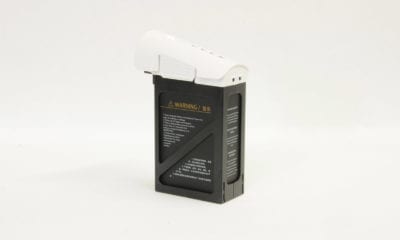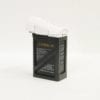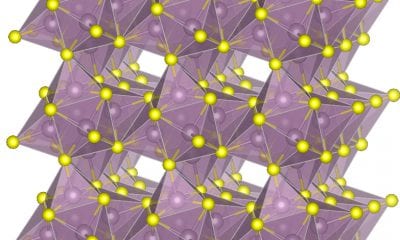News
A Graphene Skinned UAV
“Let’s build a drone with plastic.”
Plastic is so fragile, this drone would hit something and break down.
“Well, what about steel?”
Steel? This drone wouldn’t even lift itself up, let alone a package.
“Ah, Carbon Fiber is the perfect fit.”
Really? A carbon fiber drone would cost a small fortune. Who’s gonna afford that?
Everytime someone, an individual, a group of students, a company of manufacturing engineers decide to manufacture a product, similar discussions happen. Material selection is crucial when designing a product – the product might be as trivial and simple as a fidget spinner or as precise as an aircraft turret or missile launcher. A small update in the price and properties of the material used to manufacture any product can make gargantuan differences in terms of price of the product, its efficiency, its life, its maintenance and performance.
Unfortunately, material selection is a careful task of cutting corners to choose the best fit for the product and its usage. It would be dream come true if there were a material that was cheap, highly conductive, light weight (or less dense) and strong, all at the same time. Turns out, there is one such material: Graphene.
As its name indicates, graphene is extracted from graphite, the material used in pencils. Like graphite, graphene is entirely composed of Carbon atoms and 1mm of graphite contains some 3 million layers of graphene. Whereas graphite is a three-dimensional crystalline arrangement, graphene is a two-dimensional crystal only an atom thick. The carbons are perfectly distributed in a hexagonal honeycomb formation only 0.3 nanometres thick, with just 0.1 nanometres between each atom.
Just to make sure that Graphene is almost ridiculously convenient in terms of its properties,
- It is even more conductive than pure copper; given that we use copper in almost every electrical connection and circuit. So we are looking at cheaper electricity, faster internet speeds, safer electrical components and smaller, more compact Integrated circuits used in smartphones and computers.
- It is 200 times stronger than steel, all the while being 6 times less dense. This means extremely strong cars and other vehicles that due to their light weight, will have far better performances.
- It only absorbs 2% of light radiation all the while blocking any gases completely. So we have a material that would be perfect for bullet proofing or bomb proofing shields and windows of vehicles and highly secure buildings.
The discovery of stable Graphene earned a pair of Russian scientists a Nobel award in 2010.
But Graphene had always been there, it was there in pencils and pencils have existed since forever.
Well, fact of the matter is, Graphene, while known for a long time, was considered unstable. The Russian scientists mentioned above isolated Graphene from Graphite and developing Graphene crystals that can be used practically for manufacturing.
It is established now that Graphene can be used for manufacturing. Is it true? Has anyone made a Graphene product?
Yes, a product skinned with Graphene was unveiled by the University of Central Lancashire (UCLan) at an internationally acknowledged air show. The product, obviously, being a plane.
- Juno – a novel UAV with a graphene skin, designed and built by University of Central Lancashire (UCLan) with the graphene supplied by Haydale
- Juno – a novel UAV with a graphene skin, designed and built by University of Central Lancashire (UCLan) with the graphene supplied by Haydale
- Juno – a novel UAV with a graphene skin, designed and built by University of Central Lancashire (UCLan) with the graphene supplied by Haydale
- Juno – a novel UAV with a graphene skin, designed and built by University of Central Lancashire (UCLan) with the graphene supplied by Haydale
Juno, a three-and-a-half-metre wide graphene skinned UAV, was revealed on the North West Aerospace Alliance (NWAA) stand as part of the ‘Futures Day’ at Farnborough Air Show 2018.
Haydale supplied much of the material and all the Graphene used in the aircraft. Ray Gibbs, Chief Executive Officer, said: “We are delighted to be part of the project team. Juno has highlighted the capability and benefit of using Graphene to meet key issues faced by the market, such as reducing weight to increase range and payload, defeating lightning strike and protecting aircraft skins against ice build-up.”
- Juno – a novel UAV with a graphene skin, designed and built by University of Central Lancashire (UCLan) with the graphene supplied by Haydale
- Juno – a novel UAV with a graphene skin, designed and built by University of Central Lancashire (UCLan) with the graphene supplied by Haydale
- Juno – a novel UAV with a graphene skin, designed and built by University of Central Lancashire (UCLan) with the graphene supplied by Haydale
- Juno – a novel UAV with a graphene skin, designed and built by University of Central Lancashire (UCLan) with the graphene supplied by Haydale
- Juno – a novel UAV with a graphene skin, designed and built by University of Central Lancashire (UCLan) with the graphene supplied by Haydale
- Juno – a novel UAV with a graphene skin, designed and built by University of Central Lancashire (UCLan) with the graphene supplied by Haydale
Graphene has shown promise with its first prototype product
So he pretty much confirms that experimentally, Graphene has shown promise with its first prototype product.
David Bailey Chief Executive of the North West Aerospace Alliance added: “The North West aerospace cluster contributes over £7 billion to the UK economy, accounting for one quarter of the UK aerospace turnover. It is essential that the sector continues to develop next generation technologies so that it can help the UK retain its competitive advantage. It has been a pleasure to support the Engineering Innovation Centre team at the University in developing the world’s first full graphene skinned aircraft.”
It is pretty clear that Graphene, although a fresh introduction to the massive list of materials engineers are to choose from, packs the potential to vastly improve the effectiveness of existing designs and be a part of the race for competitive edge in the international market.

